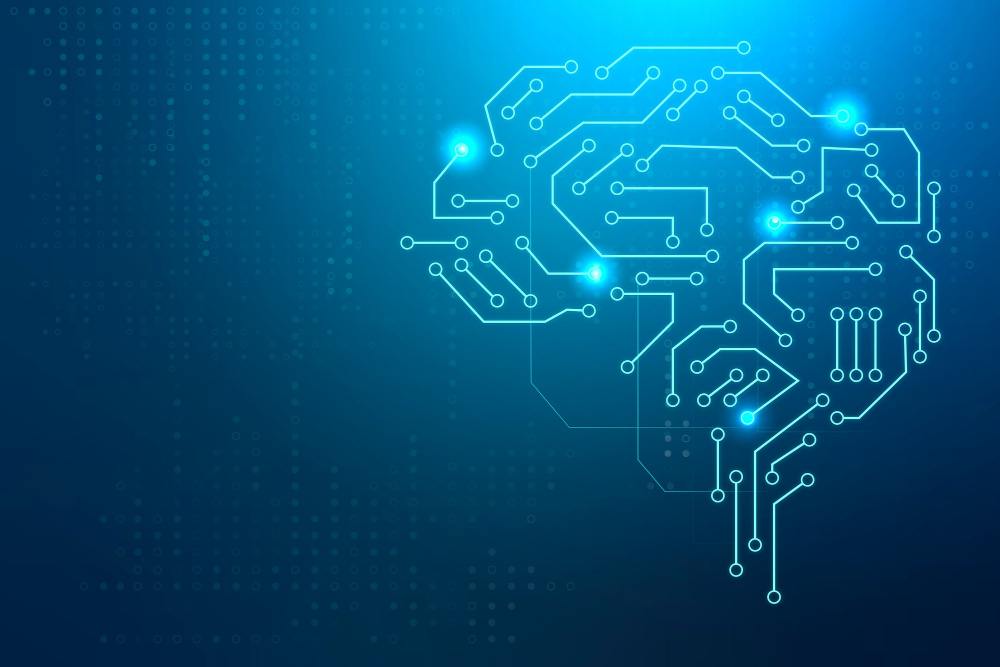It has been 40 years since the first major breakthrough in construction software. It was 1982 and AutoCAD was first released. 1982 marks the beginning of construction innovation and automation.
In the last 40 years lots of things changed.
AutoCAD was only the beginning. Since then, we have seen the rise of the BIM software, structural calculation packages for complex construction calculations, estimating and project tracking packages and many more. And of course, the one and only Microsoft Excel that changed everything in the way we manage data. By the way, the first Excel version released in 1985.
Even though it’s been 40 years of constant innovation, there are some sectors in the building industry that things haven’t changed much. Fieldwork has not experienced the same level of technological transformation as office-based tasks. The physical nature of the task, as well as the delayed acceptance of technology on construction sites, might explain part of the industry’s resistance to change.
Take as an example scaffolding. In the office the workflow has changed. There are numerous software packages that can do structural calculation, can design scaffolds or manage a whole project, but on the field, the work pretty much remains the same (excluding some tools that are now working with batteries for example).
The rise of AI
The last decade we have seen huge steps done towards AI and automation. Especially, the last 3 years many AI products have made it to the market. Take a look at ChatGPT (the known AI chat machine) , Bard (Google’s AI chat), Stable Diffusion or Midjourney (two major tools for AI images). They didn’t even exist 5 years ago (or at least we didn’t know they existed) and now thousands of people rely their jobs on those tools.
How this affects the construction
Due to the complexity of the construction projects, AI is not as much of a threat to the construction (all levels) as it is to the humanity (as a whole). But, unless AI robots start designing and building other, more advanced robots (compared to them), construction is (almost) safe.
But, there are some products that might replace some tradesmens’ work. Take a look at this robotic builder for example.
4 days to build a 3-bedroom house. Not bad at all for the owner (that multiplies the profit margins) or the buyer that will buy a house cheaper. Bad news for the bricklayers though. Or the sculpturers (take a look at this robotic sculpturer ).
Even worse are the news for the setting out engineers. HP (Hewlett Packard) robots are already replacing their job.
Things will just change.
Even though automation is going to replace lots of humans there will be a huge shift in employment and new roles will be created. For example, the above “bricklaying” robot will need someone to feed it with material, check the setting out, feed it with designs etc. And, who you think will build those machines. The general idea that the west world has automated most of their production is of course false. The production has shifted to Asia, and it is coming to Europe/USA again.
Conclusion?
We are living in a very interesting era. The era that the new replaces the old, rapidly. Technologically, geopolitically, financially, and generally in every sector there are changes and transformations happening that will shape the future, which is unknown at the moment.
From the perspective of the construction industry, innovation never stopped. Especially now automation at work is taking over every field and we should embrace this change. These technology innovations not only offer opportunities for cost-effectiveness and enhance efficiency, but also provide unreached levels of precision, safety, and sustainability in the construction industry.




